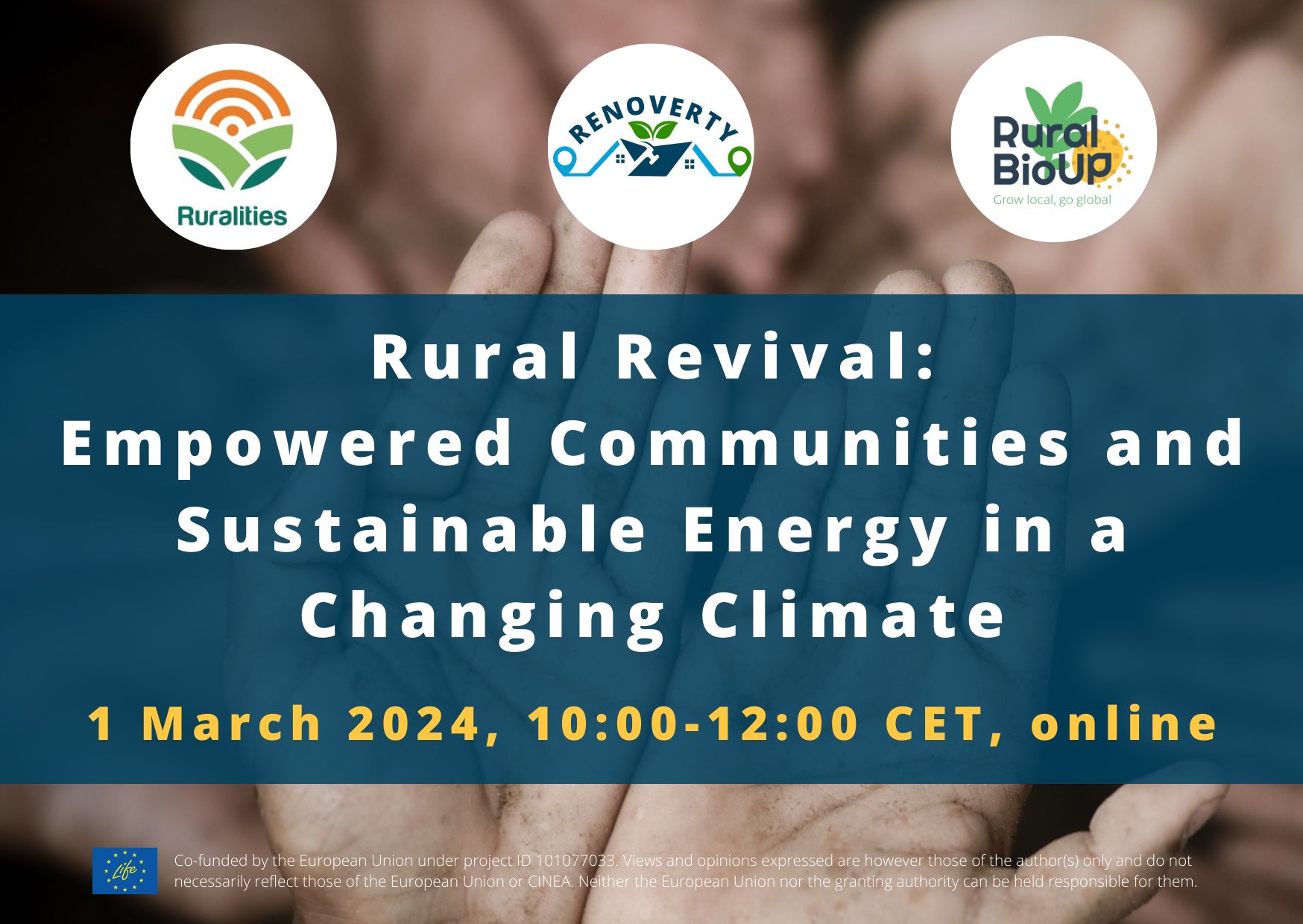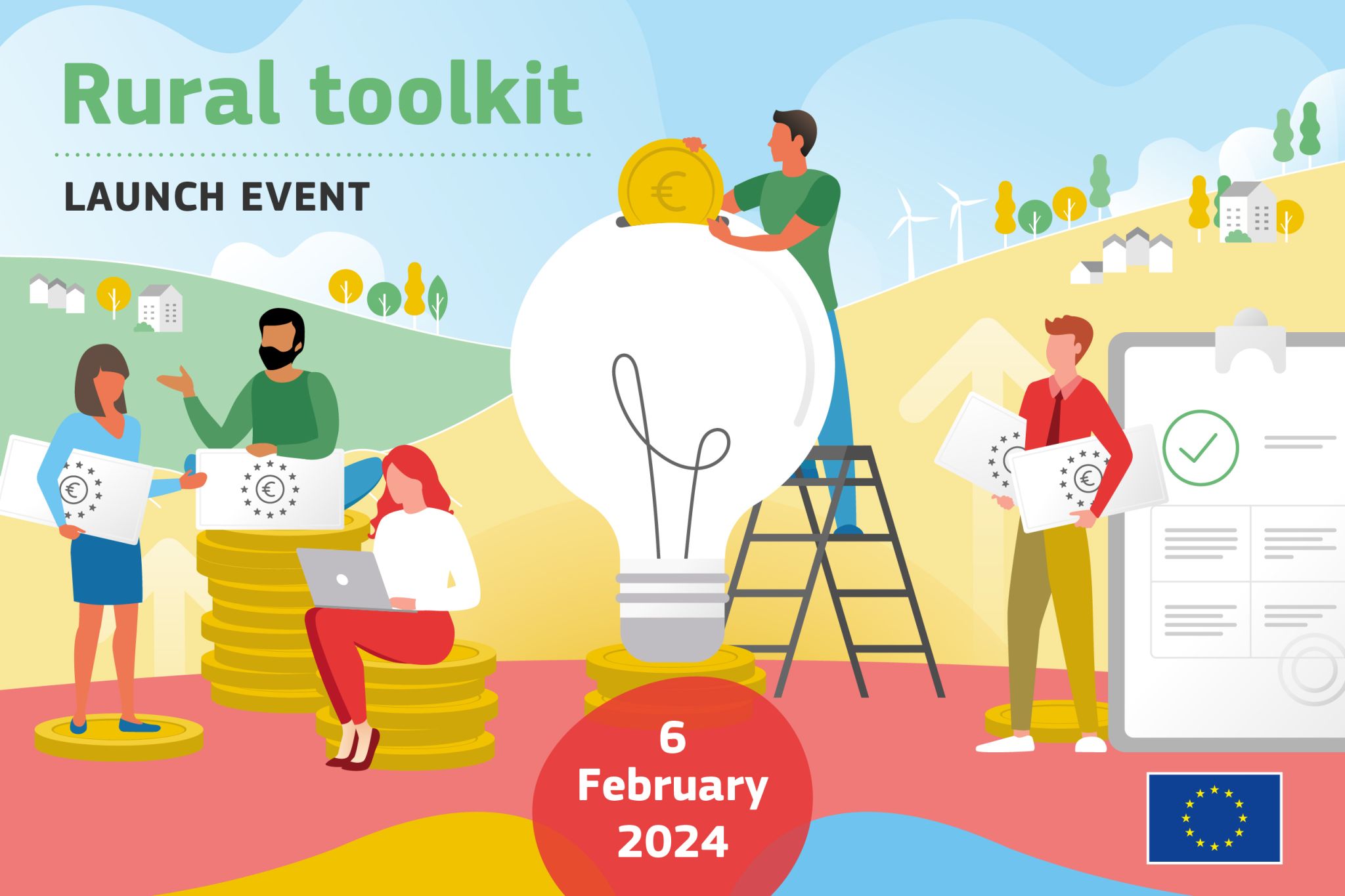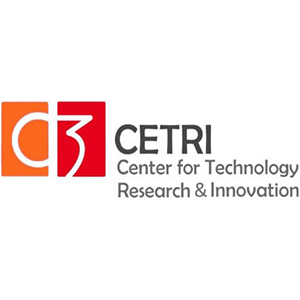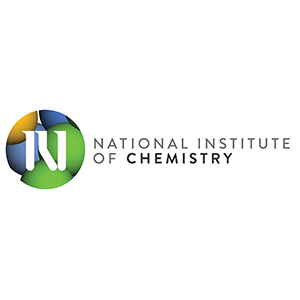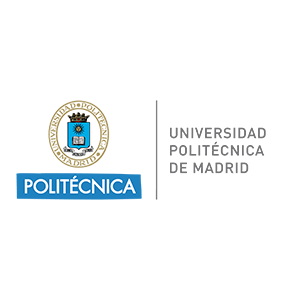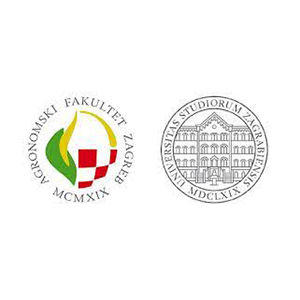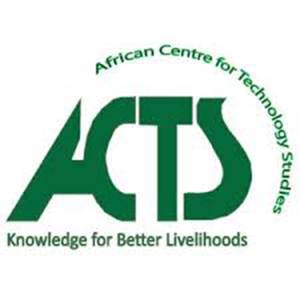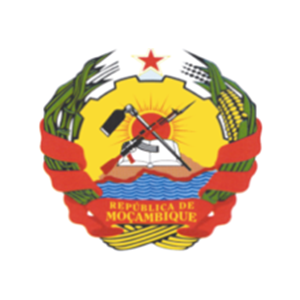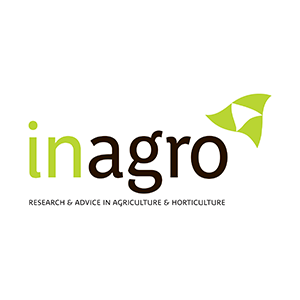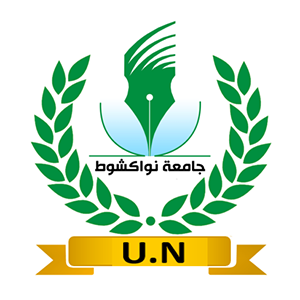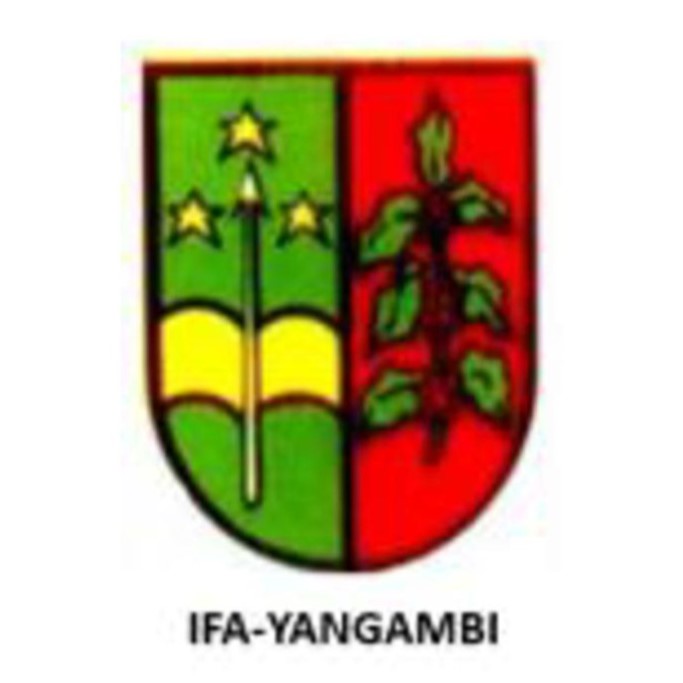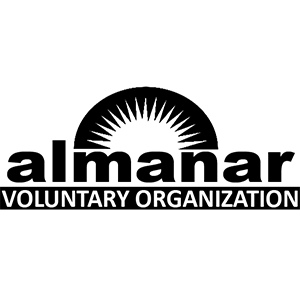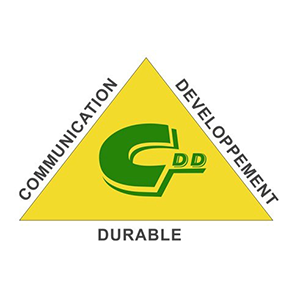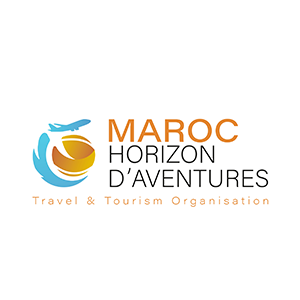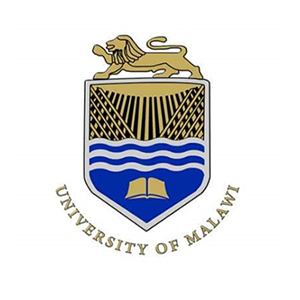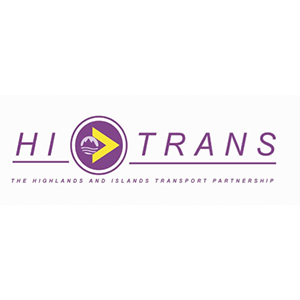The recent “Rural Revival: Empowered Communities and Sustainable Energy in a Changing Climate” webinar, held on March 1st, 2024, brought together experts and stakeholders to explore innovative solutions for rural development and sustainable energy practices.
The webinar began with an introduction followed by presentations of three projects: RENOVERTY, RuralBioUp and RURALITIES. Technoeconomics of Energy Systems laboratory (TEESlab), University of Piraeus Research Center (UPRC) and Marco Peretto, Institute for European Energy and Climate Policy (IEECP) discussed the RENOVERTY project, focusing on home renovation roadmaps to address energy poverty in vulnerable rural districts. They highlighted the project’s objectives, context, and findings, including a comprehensive report on energy poverty frameworks and policies in rural areas.
Gabor Mester from PEDAL Consulting, the coordinator of the RURALITIES project, then introduced RURALITIES and its multi-actor approach to engaging, connecting, and empowering rural actors. The project aims to foster collaboration and innovation in rural development.
Kristaps Makovskis from the Latvian State Forest Research Institute (LSFRI) Silava presented examples of rural development from the RuralBioUp project. He explained the project’s focus on the production of renewable biological resources and the value chain for converting these resources into value-added products, such as food, feed, and bioenergy. Makovskis highlighted innovative practices, such as using wood ash, peat, and biochar to create pellets for soil improvement, contributing to waste management and rural economy.
The webinar provided valuable insights into addressing energy poverty, fostering rural development, and promoting sustainability in changing climates. Participants gained knowledge and inspiration from the presentations, paving the way for future collaborations and initiatives in rural communities.
MarinBio Joins 7th Africa Agri Expo
MarinBio, a partner of the RURALITIES project, participated in the 7th Africa Agri Expo (AAE) 2024 held on February 19th and 20th in Kenya. With Africa’s growing population and increasing pressure to enhance its agricultural resources, policymakers are recognizing the urgent need to modernize the industry. AAE 2024 provided an exceptional platform for MarinBio to engage with agricultural stakeholders and decision-makers, offering valuable networking and knowledge-sharing opportunities. The conference program covered a diverse range of topics, including innovative farming techniques, data-driven agriculture, sustainable practices, and investment opportunities. MarinBio’s participation in AAE 2024 underscores its commitment to advancing agricultural development and shaping the future of agriculture in Africa.
Recap of the Second Online Living Labs Workshop on Asturias Living Labs
On February 29, 2024, two RURALITIES project partners situated in the Asturias (Spain), presented their living labs during the second living labs online workshop. This workshop served as a dynamic platform for exchanging insights, fostering collaboration, and delving into the innovative initiatives shaping the local landscape.
The first living lab presented at this workshop was ASINCAR’s Food Pilot Plant. ASINCAR is a nonprofit organization with 3 different roles related to innovation, technology and cooperation. Food Pilot Plant is a living lab that is reproducing the environment of a Food SME, working under controlled conditions. Different activities developed in the living lab include:
Scaling up of food production – going from small to relevant production batches. Process adaptations due to increasing production – Transitioning from small-scale batches to relevant production quantities involves adaptations to the production process. The Living Lab has been addressing challenges associated with increased production, ensuring that unwanted processes are identified and avoided in larger food production settings. Moreover, the Living Lab is testing new ingredients and additives, or trying new ways of incorporating ingredients, to avoid undesirable tastes or odors that may emerge during the scaling-up process.
Validation of food technologies at pre-industrial level – this involves activities such as introduction and assessment of new packaging machines or new packaging materials. The Living Lab is actively engaging in the validation, optimization and determination of different performance indicators of new technologies.
Research and development process, which is key role of all living labs in general. Main innovation lines in ASINCAR are development of new food products or formulations, food processing technologies, innovative packaging systems, biotechnology, bioeconomy and new manufacturing process.
Tech transfer and networking activities
Vocational training – training for unemployed and active workers. This training anually provides education for around 1000 people.
The result of ASINCAR’s Food Pilot Plant work are for example new food products such as gourmet grilled fish preserves, blueberries dried with a different drying process using fruit discarded by the distributors because of visual defects or chorizo (sausage) with reduced fat content that can be labelled as light
Another important outcome of the Living lab is connected to validation of new food technologies or tech transfer. Food Pilot Plant is specializing in Near Infrarred Spectroscopy (NIR) and hyperspectral imaging (HSI). Thanks to these analytical methods, calibration models can be developed that can predict shelf life, assess nutritional content or identify food fraud.
Second Asturias Living Lab presented at this workshop was CTIC Rural Tech. CTIC is a Technology Centre located in Gijón and represents the most innovative ecosystem in Asturias. CTIC aims to be a catalyst for innovation and trusted technological partner by generating innovative services and products and integrating technology into business processes to enhance competitiveness. CTIC focuses on multiple fields such as data economy, health and wellness, territorial intelligence and industry.
CTIC Rural Tech is a centre for technological innovation focused on developing and implementing innovative solutions for rural environments. This living lab aims to improve the quality of life of rural communities and improve the capabilities of rural companies and territories through technological innovation.
Main lines of work of CTIC Rural tech Include
Innovation and digital transformation for rural businesses
Technological innovation for improving people’s quality of life, which includes for example teaching people how to work with a computer
Support for local development entities and groups
Rural technology demonstration centre
Meeting place for stakeholders and model villages
Peón Valley projects:
CTIC Rural Tech is at the forefront of innovative projects aimed at revolutionizing various aspects of rural life. From pioneering Smart Grazing initiatives to Beekeeping 4.0, which focuses on enhancing the quality of honey, CTIC Rural Tech is driving transformative change. The Energy Community project, involving five houses, a school, and CTIC Rural Tech, is dedicated to reducing energy costs and preventing wastage, with active participation from local neighbours and collaboration on different European projects. Additionally, CTIC Rural Tech’s Climate Simulator offers insights into plant reactions to high temperatures, drought periods, and pests. Through Vegetable Patch Sensorization, the quality of soil, rainfall, and soil nutrients are analyzed, enabling effective pest control and ensuring for example the traceability of apple quality with apple tree sensors. Furthermore, CTIC Rural Tech’s initiatives extend to forest fire prevention through sensors and meteorological stations, while also introducing innovative projects like the Cider Digital Passport and Data Process Control, demonstrating its commitment to leveraging technology for sustainable rural development.
Moreover, CTIC Rural Tech is used as an Intergenerational space where activities with young and older residents of the Valley and village are being held to strengthen the community and create a platform for them.
The future of CTIC Rural Tech lies in creating a living lab for EU project experimentation, blending technology, AI, and nature. This innovative approach aims to revolutionize rural development by harmonizing technological advancements with environmental sustainability. By integrating cutting-edge technology and AI insights, CTIC Rural Tech envisions a future where rural communities thrive through sustainable practices and technological innovation.
Mauritania, RURALITIES Project Activity: Workshop and Excursion for Environmental Studies
In an ambitious effort under the RURALITIES framework, conducted an awareness workshop coupled with a scientific excursion for Master students specializing in Environmental Biology and Sahelian Ecosystems, starting from February 15, 2024. This initiative stands as a testament to the project’s commitment to environmental education and community engagement by UNIVERSITE DE NOUAKCHOTT AL AASRIYA.
The workshop, part of the RURALITIES project’s broader objectives, aimed to enhance the visibility of crucial environmental issues within the civil community of Mauritania, drawing attention for the target area. The event was strategically designed to bridge the gap between academic research, policy-making, and community-level environmental practices.
Complementing the workshop, the scientific excursion offered a practical, field-based learning experience for the students. Immersing themselves in the Sahelian ecosystems, they explored viable topics for their Master’s theses, which are expected to focus on sustainable development, promotion of local activities, and innovative income-generating ventures that leverage ecosystem resources.
These student-led research initiatives are aligned with the RURALITIES project’s goals to foster sustainable community development and to provide the target population with training in new, eco-friendly, and profitable professions. By linking academic research directly with the needs and potentials of local ecosystems, the project aspires to create a sustainable model for environmental and economic development.
This holistic approach facilitated by the RURALITIES project in Mauritania not only enriches the educational experience of the students but also cultivates a sense of responsibility and innovation in addressing environmental challenges. It sets a precedent for how academic programs and community projects can intersect to yield tangible benefits for both the environment and the people living within it.
The success of the workshop and excursion under the RURALITIES framework has sparked optimism for future collaborative efforts in environmental conservation and community development in the Sahelian region. As these Master students advance in their research, they carry forward the RURALITIES project’s vision, contributing to a sustainable future for Mauritania and beyond.
Unveiling the RURALITIES Training Material for Role Models and Replicators
Introducing rurAllure, a sister project of RURALITIES, with a singular mission — to enrich the cultural, economic, and demographic landscape of predominantly rural regions along pilgrimage routes in Europe. Funded by the EU, rurAllure establishes a network of cultural institutions, providing museums and natural heritage sites greater visibility along these sacred paths. This initiative also opens a digital portal for local businesses to showcase services tailored to pilgrims, fostering economic growth and community connections. Join us in exploring how rurAllure intertwines cultural heritage with pilgrimage routes, creating opportunities for regions facing unique challenges.
Follow the discussion with Elena Dubinina, rurAllure communication team leader, as we delve into the vision and impact of rurAllure.
What does rurAllure stand for?
The project’s full title “Promotion of rural museums and heritage sites in the vicinity of the European pilgrimage routes” has a short abbreviation rurAllure, coming from two words – “rural” and “lure”, showing the project’s key objectives – to lure the travellers and walkers to the rural areas.
What are the main goals of rurAllure?
This Horizon 2020 project has a duration of 3 year and was launched in the beginning of 2021. During this time the Consortium has been working on two levels targeting policy-makers and tourists. The partners conducted a thorough research and prepared a policy brief, a series of recommendations and a manual of best practices to be shared with the European, national and regional policy-makers and relevant stakeholders to provide tools for territorial enhancement and valorisation. The research is focused on rural areas in the vicinity of pilgrimage routes.
On the other hand, we developed tools, allowing tourists, walkers and pilgrims to easily prepare self-guided tailor-made tours depending on their interests and motivations. The project has now launched a digital platform and a mobile application, containing more than 8,000 points of interests (cultural and natural heritage sites, museums, gastronomic activities, traditions and festivals) along and near-by the major European routes, combining them with the economic actors (hospitality, catering, guides and services).
Where are the pilot areas of the project?
The project unites 6 pilgrimage routes: Camino de Santiago (or St James’ way), St Olav ways, the Way of Mary, Via Francigena, Romea Strata, Via Romea Germanica. Together they run across 11,000 km of 18 European countries.
The participating routes are divided into 4 pilots, each of them preparing mapping and tourism packages combining walking with specific experiences. The partners in the package on the St James ways focus on the literary heritage of writers and poets in Spanish Galicia and northern Portugal. The St Olav’s Ways – the network of walking routes in Scandinavia with a terminus in Trondheim – is combining hiking and ethnography.
The Way of Mary, the pilgrimage route in the Central Europe and the Balkans with a destination in the shrine of Csíksomlyó, enhances the natural beauty of the route.
One of the packages is dedicated to the ways to Rome, combining Via Francigena (3,200 km from English Canterbury via Rome to Santa Maria di Leuca), Romea Strata (4,044km from Tallinn to Rome) and Via Romea Germanica (from German Stade to the Eternal City). This package combines walking with thermal heritage.
How can the project go beyond its timeframe?
rurAllure ends in a few months, however, the Consortium will continue working together thanks to the recently launched the European Cooperation Network along the Pilgrimage Routes.
This network will capitalise on the project results, such as mapping of cultural heritage, academic research, communication and marketing strategies and profiling of pilgrims but most of all collaborations among the stakeholders.
It facilitates the cooperation at pan-European level among actors involved in pilgrimage routes management and promotion, favouring coordination and raising a common voice.
Serving as a platform to share best practices on rural development through cultural tourism, it also facilitates creation of joint projects.
Upcoming webinar: “Rural Revival: Empowered Communities and Sustainable Energy in a Changing Climate”
Mark your calendars for an exciting online event titled “Rural Revival: Empowered Communities and Sustainable Energy in a Changing Climate” is coming up soon. Scheduled for Friday, March 1, 2024, from 10:00 to 12:00 CET, this event promises to be an insightful discussion on rural areas facing energy poverty.
Join us by registering here.
Experts from RENOVERTY, Project RURALITIES, and RuralBioUp will be presenting their latest findings on energy poverty, energy efficiency, and sustainable development in rural areas. They’ll share practical examples from their case studies, offering valuable insights into bridging knowledge and practice gaps towards more sustainable pathways for rural communities.
This event aims to engage various stakeholders in creating a collaborative network of local and regional authorities that support rural innovation. Don’t miss this opportunity to learn and contribute to the conversation on empowering rural communities and promoting sustainable energy solutions in the face of a changing climate.
Asturias SIMSES Meeting in ASINCAR Facilities
On the 2nd of February 2024, the members of SIMSES in Asturias gathered at ASINCAR facilities as part of the RURALITIES project. The purpose of the meeting was to assess the project’s progress and strategize the activities for the year 2024 at the regional level. SIMSES members engaged in useful discussions and evaluations.
The participating partners in SIMSES include:
CTIC: A technological center specializing in IoT, Artificial Intelligence, and Intelligent Data Analysis, with a rural Living Lab named CTIC Rural Tech.
READER: An umbrella organization representing all 11 regional Local Action Groups (LAGs) in Asturias, playing a crucial role in RURALITIES.
ASINCAR: A Food Technology Centre and Food cluster, with 100 members covering the whole chain, including a Food Pilot Plant.
DEX group: A consultancy group with extensive experience supporting LAGs in developing and implementing their strategies and plans.
During the meeting, the team conducted a comprehensive review of different work packages, emphasizing completed actions such as the development of the SIMSES actor database, description of rural Living Labs, and various dissemination activities. Looking ahead to 2024, discussions centered around characterizing SIMSES using the RURALITIES methodology and identifying available data sources to enhance the study.
The team also outlined plans for organizing workshops with regional LAGs to disseminate project insights and raise awareness about the opportunities within RURALITIES. Additionally, CTIC and ASINCAR shared exciting news about an upcoming webinar where their rural Living Labs will be showcased to the broader RURALITIES community.
Discover rurAllure: Cultivating Cultural Heritage Along Pilgrimage Routes
Introducing rurAllure, a sister project of RURALITIES, with a singular mission — to enrich the cultural, economic, and demographic landscape of predominantly rural regions along pilgrimage routes in Europe. Funded by the EU, rurAllure establishes a network of cultural institutions, providing museums and natural heritage sites greater visibility along these sacred paths. This initiative also opens a digital portal for local businesses to showcase services tailored to pilgrims, fostering economic growth and community connections. Join us in exploring how rurAllure intertwines cultural heritage with pilgrimage routes, creating opportunities for regions facing unique challenges.
Follow the discussion with Elena Dubinina, rurAllure communication team leader, as we delve into the vision and impact of rurAllure.
What does rurAllure stand for?
The project’s full title “Promotion of rural museums and heritage sites in the vicinity of the European pilgrimage routes” has a short abbreviation rurAllure, coming from two words – “rural” and “lure”, showing the project’s key objectives – to lure the travellers and walkers to the rural areas.
What are the main goals of rurAllure?
This Horizon 2020 project has a duration of 3 year and was launched in the beginning of 2021. During this time the Consortium has been working on two levels targeting policy-makers and tourists. The partners conducted a thorough research and prepared a policy brief, a series of recommendations and a manual of best practices to be shared with the European, national and regional policy-makers and relevant stakeholders to provide tools for territorial enhancement and valorisation. The research is focused on rural areas in the vicinity of pilgrimage routes.
On the other hand, we developed tools, allowing tourists, walkers and pilgrims to easily prepare self-guided tailor-made tours depending on their interests and motivations. The project has now launched a digital platform and a mobile application, containing more than 8,000 points of interests (cultural and natural heritage sites, museums, gastronomic activities, traditions and festivals) along and near-by the major European routes, combining them with the economic actors (hospitality, catering, guides and services).
Where are the pilot areas of the project?
The project unites 6 pilgrimage routes: Camino de Santiago (or St James’ way), St Olav ways, the Way of Mary, Via Francigena, Romea Strata, Via Romea Germanica. Together they run across 11,000 km of 18 European countries.
The participating routes are divided into 4 pilots, each of them preparing mapping and tourism packages combining walking with specific experiences. The partners in the package on the St James ways focus on the literary heritage of writers and poets in Spanish Galicia and northern Portugal. The St Olav’s Ways – the network of walking routes in Scandinavia with a terminus in Trondheim – is combining hiking and ethnography.
The Way of Mary, the pilgrimage route in the Central Europe and the Balkans with a destination in the shrine of Csíksomlyó, enhances the natural beauty of the route.
One of the packages is dedicated to the ways to Rome, combining Via Francigena (3,200 km from English Canterbury via Rome to Santa Maria di Leuca), Romea Strata (4,044km from Tallinn to Rome) and Via Romea Germanica (from German Stade to the Eternal City). This package combines walking with thermal heritage.
How can the project go beyond its timeframe?
rurAllure ends in a few months, however, the Consortium will continue working together thanks to the recently launched the European Cooperation Network along the Pilgrimage Routes.
This network will capitalise on the project results, such as mapping of cultural heritage, academic research, communication and marketing strategies and profiling of pilgrims but most of all collaborations among the stakeholders.
It facilitates the cooperation at pan-European level among actors involved in pilgrimage routes management and promotion, favouring coordination and raising a common voice.
Serving as a platform to share best practices on rural development through cultural tourism, it also facilitates creation of joint projects.
RURALITIES Joins Forces with RENOVERTY to Drive Sustainable Rural Development
We are excited to announce a collaboration between RURALITIES and RENOVERTY, two pioneering projects dedicated to fostering sustainable development in rural communities. RENOVERTY, focused on energy-efficient building upgrades in vulnerable rural districts across Europe, and RURALITIES, committed to enhancing rural innovation and knowledge-based expertise, unite to amplify their collective impact.
In alignment with their shared vision for resilient rural communities, RENOVERTY and RURALITIES will collaborate to address energy poverty and drive positive change in Central and Eastern Europe (CEE), South-eastern Europe (SEE), and Southern European countries (SE). Leveraging their respective expertise, the projects aim to create synergies that go beyond individual objectives, contributing to the holistic development of rural areas.
Key objectives of RENOVERTY project:
Promote the renovation of rural vulnerable districts and set the basis for the increase of energy efficiency in 17 vulnerable rural areas in 7 regions by providing individual household Renovation Energy Efficiency Roadmaps (REERs) according to the characteristics of the household and regions with the collaboration of at least 20 local actors. There will be support from 12 Local Action Groups (LAGs), one in each region for the building and implementation of these roadmaps.
Provide a comprehensive model and guidelines for single REERs according to the different geographical and social contexts. The model will provide support to scale the project’s results and guide other public actors to renovate rural vulnerable districts after the project ends.
Empower all (non) public actors in rural areas in becoming involved in the process of renovating vulnerable districts/buildings by identifying barriers and co-designing activities with the collaboration of private and public sectors. RENOVERTY will develop several tools and resources to enable knowledge on applying a successful integration of each phase to build the roadmap.
As RURALITIES and RENOVERTY embark on this collaborative journey, we anticipate a profound impact on rural development, energy efficiency, and community well-being. Stay tuned for updates on the synergies created by this powerful collaboration as we work towards a more sustainable and vibrant future for rural communities across Europe.
Save the Date: Rural Toolkit Launch Event – February 6, 2024
Mark your calendars for the launch of the EU Rural Toolkit! As an integral part of the long-term vision for the EU’s rural areas, this toolkit emerges as the first comprehensive online guide to EU funding and support opportunities for rural regions within the European Union.
Event Details:
Date: February 6, 2024
Time: 10:30 AM – 12:00 PM (CET)
Language: English
Platform: Online
What to Expect: Join us for a presentation and live demo of the EU Rural Toolkit, an invaluable resource for navigating EU funding and support opportunities tailored to rural areas. Gain insights into how EU programs can catalyze development in rural territories, supporting the initiatives of local authorities, institutions, businesses, and individuals. The event promises to be an enriching experience, featuring discussions on best practices and inspiring stories that showcase the transformative power of the toolkit.
Collaborative Endeavors: The Rural Toolkit is the result of collaborative efforts between the European Commission’s Directorates-General for Regional and Urban Policy, for Agriculture and Rural Development, and the Joint Research Centre.
For those passionate about the future of rural development, this event is not to be missed. Save the date, and stay tuned for more details as we unveil a tool that promises to reshape and empower rural communities in the European Union.
For further information and registration link, visit here.






